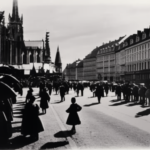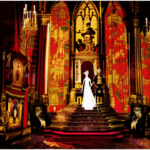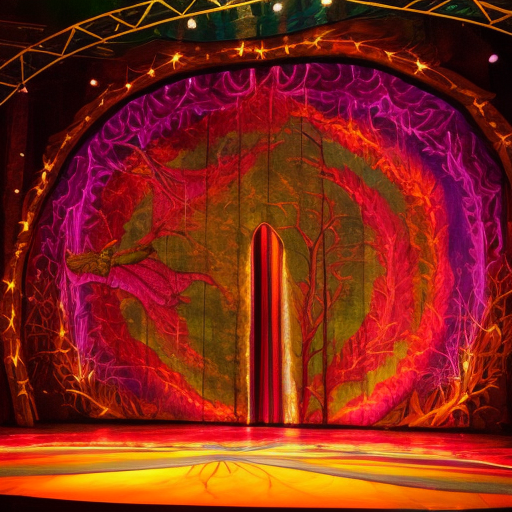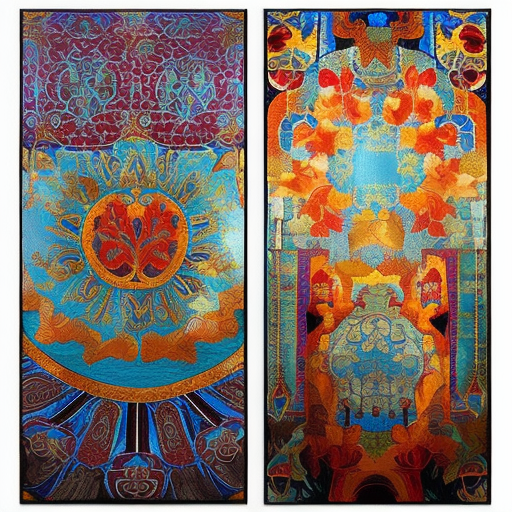Summary:
Postmodern architecture is a style that emerged in the late 20th century as a reaction against the modernist movement. It is characterized by its eclectic and playful nature, combining elements from various architectural styles and historical periods. Postmodern architects sought to challenge the rigid principles of modernism and embrace a more inclusive and contextual approach to design. This summary explores the key features, influences, and examples of postmodern architecture.
Key Features of Postmodern Architecture:
- Historical References: Postmodern architecture incorporates historical references and elements from different architectural styles, such as classical, Gothic, and Art Deco. These references are often used in a playful and ironic manner.
- Fragmentation: Buildings in the postmodern style often feature fragmented forms, with different parts of the structure appearing to be disconnected or disjointed. This fragmentation is used to challenge the idea of a unified and coherent architectural composition.
- Color and Ornamentation: Postmodern architecture embraces color and ornamentation, which were largely rejected by modernist architects. Bright and bold colors, as well as decorative elements, are used to create visually striking and expressive buildings.
- Contextualism: Postmodern architects emphasize the importance of context and the surrounding environment. Buildings are designed to respond to their surroundings and engage with the existing urban fabric.
- Irony and Playfulness: Postmodern architecture often incorporates irony and playfulness in its design. Architects use humor and satire to challenge the seriousness and dogma of modernist architecture.
Influences on Postmodern Architecture:
- Modernism: Postmodern architecture emerged as a reaction against the rigid principles of modernism. Modernist architecture, with its emphasis on functionalism and minimalism, was seen as too austere and lacking in humanistic qualities.
- Deconstructivism: The deconstructivist movement, led by architects such as Frank Gehry and Zaha Hadid, had a significant influence on postmodern architecture. Deconstructivist buildings often feature fragmented forms and unconventional geometries.
- Pop Art and Consumer Culture: Postmodern architecture drew inspiration from the pop art movement and consumer culture. Architects incorporated elements of popular culture and mass media into their designs, blurring the boundaries between high and low culture.
- Historical Revivalism: The revival of interest in historical architecture, particularly during the 1970s and 1980s, influenced postmodern architects. They embraced historical references and incorporated them into their designs in a contemporary and often ironic way.
Examples of Postmodern Architecture:
- AT&T Building, New York: Designed by Philip Johnson and completed in 1984, the AT&T Building is one of the most iconic examples of postmodern architecture. It features a Chippendale-style broken pediment at the top, which caused controversy at the time.
- Walt Disney Concert Hall, Los Angeles: Designed by Frank Gehry and completed in 2003, the Walt Disney Concert Hall is a prime example of deconstructivist and postmodern architecture. Its curvilinear forms and stainless steel cladding make it a visually striking landmark.
- Portland Building, Oregon: Designed by Michael Graves and completed in 1982, the Portland Building is known for its colorful and decorative facade. It incorporates classical elements, such as columns and arches, in a contemporary and playful manner.
- Centre Pompidou, Paris: Designed by Renzo Piano and Richard Rogers and completed in 1977, the Centre Pompidou is a radical departure from traditional architectural conventions. Its exposed structural elements and colorful exterior have made it an iconic symbol of postmodern architecture.
In conclusion, postmodern architecture is a style that emerged in the late 20th century as a reaction against modernism. It is characterized by its eclectic and playful nature, incorporating historical references, fragmentation, color, and ornamentation. Postmodern architects drew inspiration from various sources, including modernism, deconstructivism, pop art, and historical revivalism. Examples of postmodern architecture include the AT&T Building, Walt Disney Concert Hall, Portland Building, and Centre Pompidou.












